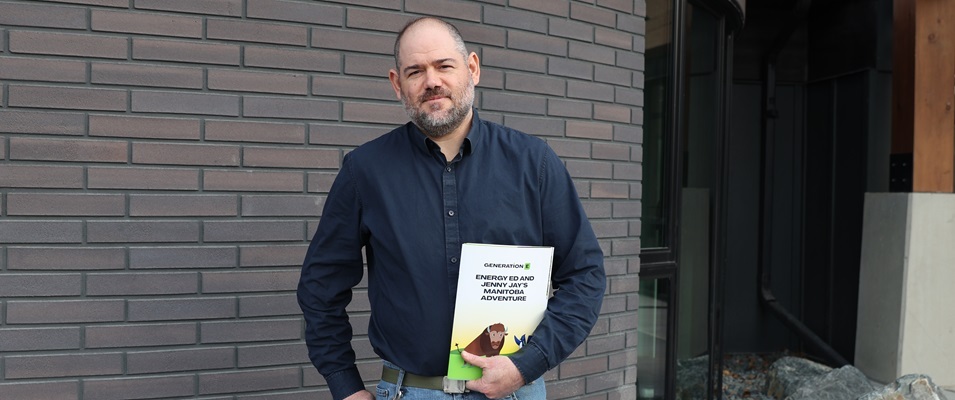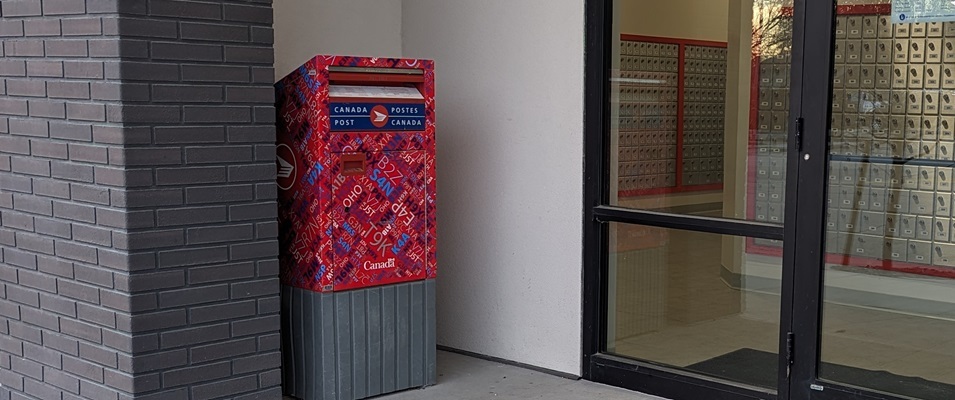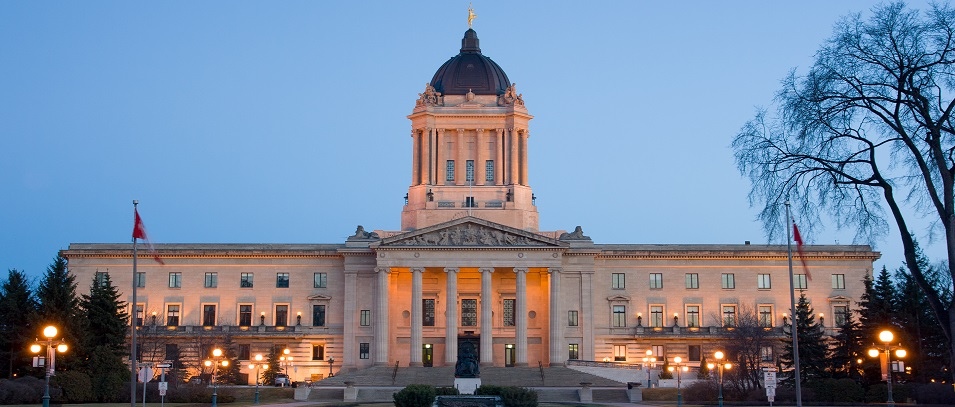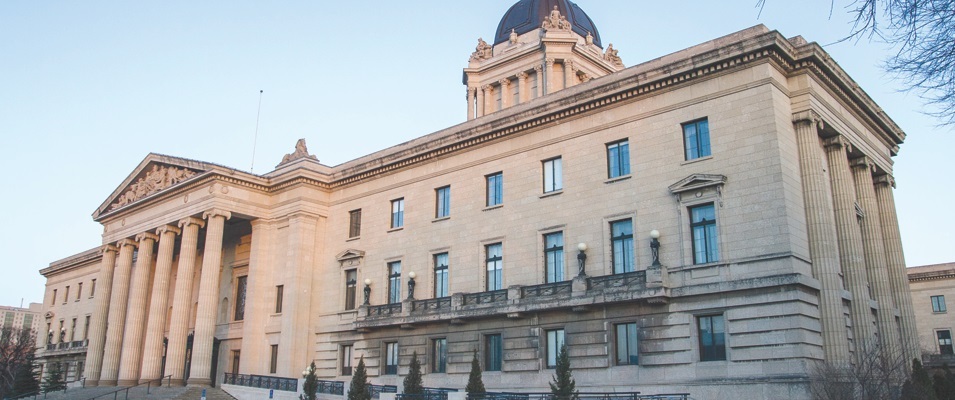Niverville’s town council recently introduced a rate hike for water utility customers in The Highlands and Fifth Avenue Estates. It’s the first rate hike these developments have seen since 2010. In past years, rates have climbed proportionately to the growth and improvement in water quality.
In March 2003, rates came in at $3.25 per 1,000 gallons used, plus a $9 quarterly service charge. Four rate increases followed over the years, including the July 2016 increase to $10.54 per 1,000 gallons used. The quarterly service charge saw a decrease for the first time to $7.37.
Originally, two water treatment plants were installed, a separate one for each development. The first, for Fifth Avenue Estates, was located at the north entry to Hampton Drive (the small stone building that still sits at that site). Plant operations were later relocated to the corner of Spruce Drive and Fifth Avenue as a larger plant was needed to accommodate residential growth. It has since been expanded again in anticipation of the eventual hookup of significant portions of the community.
Another treatment plant was installed at The Highlands (then known as Crow Wing) when that development began. Due to low water quality, the Crow Wing plant was decommissioned and the developer installed a water line connecting it to the Spruce Drive plant.
According to Dawn Penner, Finance and Property Tax Clerk for the Town of Niverville and responsible for water utility finances, the Highlands plant, now owned by the town, will be repurposed as a raw water irrigation system for the Highlands Park.
According to Jim Buys, chief administrative officer for the Town of Niverville, the most recent water rate increase is primarily the result of new accounting rules imposed by the Public Sector Accounting Board, an arm of the provincial government that sets the standards for government accounting and financial reporting. Beginning in 2009, these new rules required all municipalities to include amortization costs in their utility budgets. This effectively required the town to build financial reserves for future replacement and upgrading of its utility infrastructure.
Each new rate hike must be preceded by a rate study, often outsourced to consultants specializing in these services and based on data provided by the town. This is followed by an application for approval to the Public Utilities Board (PUB).
“Rate studies are a considerable amount of work,” says Penner, “and staff time constraints in preparing rate periodic studies for two utilities means a long time between each study.”
An updated rate study was submitted to the PUB in December 2014. This rate study included the newly imposed amortization rules. The PUB approved the new rates this April, along with additional rate increases for 2017 and 2018 for anticipated inflation.




















